Up Next

Mercedes Formula 1 driver George Russell put his painful Q1 exit at the Hungarian Grand Prix to "over-optimisation".
But what did this mean, exactly?
After Q1 restarted on a damp but rapidly drying track with just a handful of minutes left on the clock, Russell was among the first to go out and among the first to improve their personal best.
But he ran out of useable fuel to be able to still be on track when the chequered flag flew and the track was at its peak, getting leapfrogged by several cars to end up eliminated by a tenth of a second in 17th.
There was mixed messaging in the aftermath from Russell, who was broadcast on the world feed saying "sorry about this session, guys" and "it's on me" on team radio yet no longer really shared that sentiment once he faced the media.
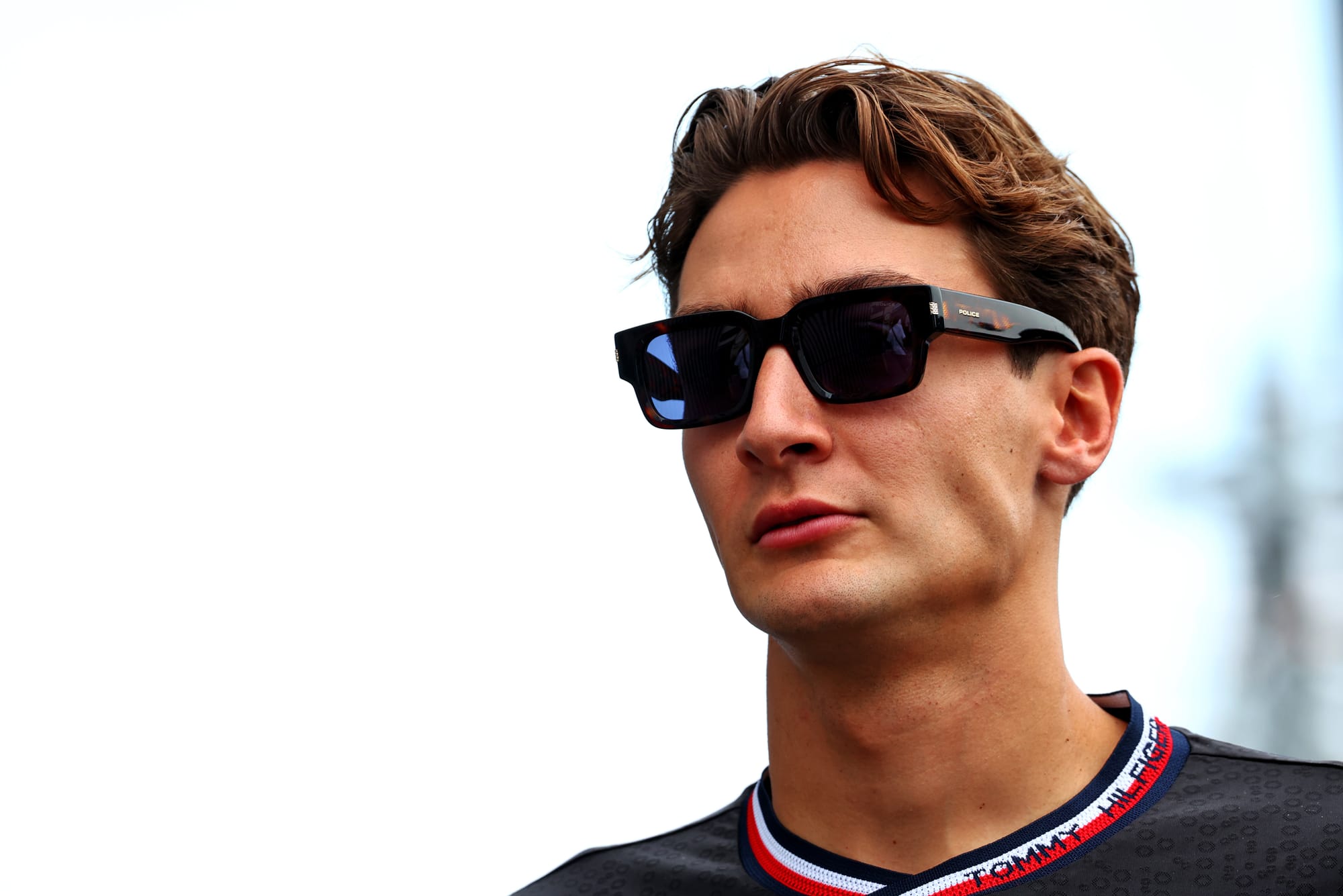
He lamented "taking an easy lap one" back at the very start of Q1 as he thought it wouldn't rain again, wasting the peak of the available grip while team-mate Lewis Hamilton had fired in an effort that would prove good enough for second place at the chequered flag.
"That was the most important lap," Russell admitted. "But it didn’t matter.
"At the end it was quickest and I had no fuel in the car to finish the session. No idea how that happened. Total disaster."
He added: "We need to have a proper sit-down as a team to understand what’s going on. We've got the car to be fighting for the top three, we shouldn’t be standing here out of Q1."
As he was speaking while Q2 was wrapping up in the background, he also pointed out that Hamilton "only just scraped through" that segment by 0.01s - which Russell hinted was further evidence of Mercedes failing to execute.
"I’m really quite angry now because we’ve got such a fast car and we can’t be throwing away opportunities like this,” he added.”
As to what the cause was, Russell offered a very brief answer: “Over-optimisation".
Team boss Toto Wolff told Sky he saw qualifying as "total underperformance from literally everyone" - and that the blame for the Russell Q1 exit laid "70%" with the team's mistake. He did also point out Russell had changed the runplan on the fly.
The change
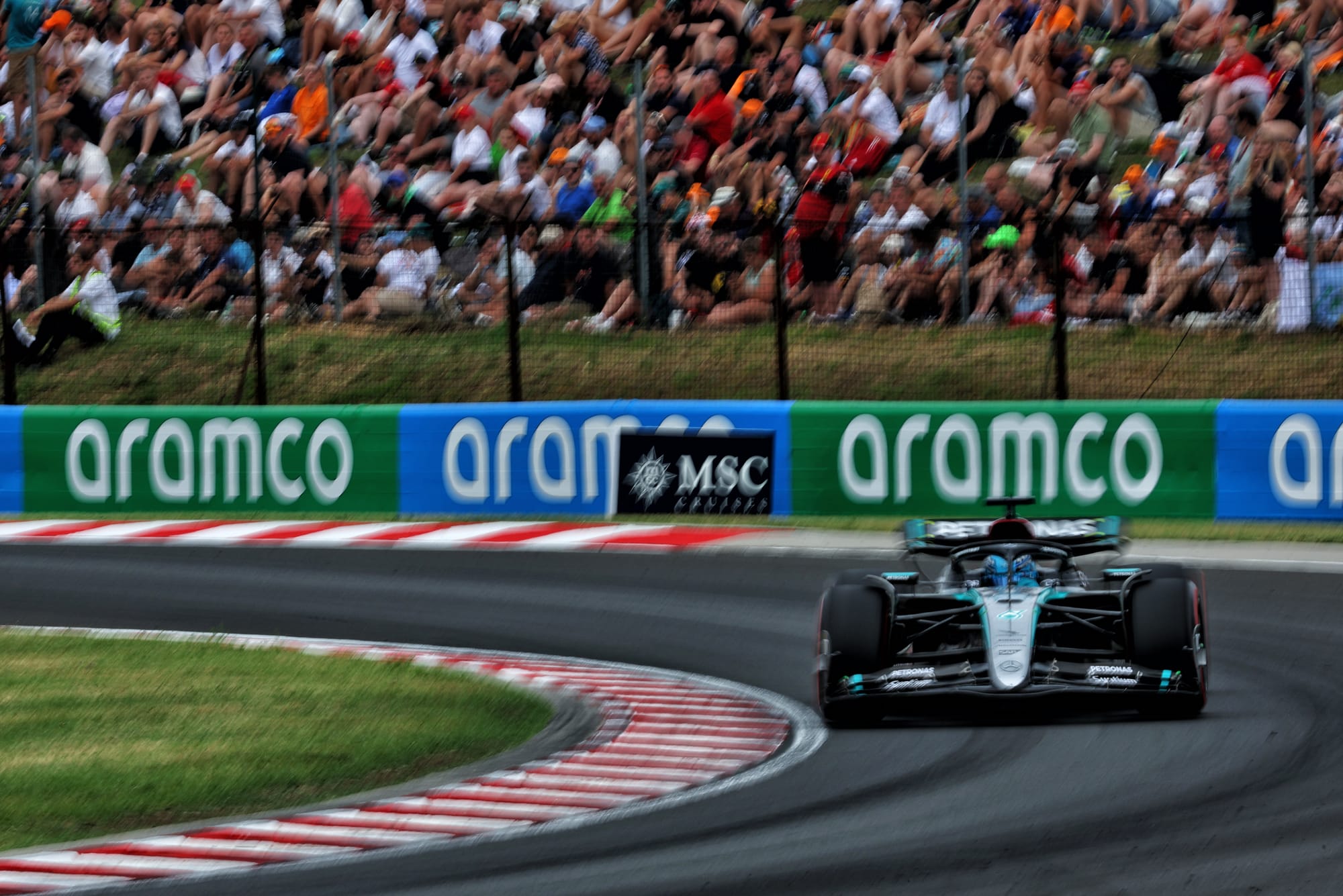
While details of Mercedes' exact idea for the session are not fully clear, Wolff attested - and team radio messaging corroborates this - that Russell had been sent out with the view of doing three flying laps, those being an initial push lap, a cooldown lap and another push lap.
But with conditions still uncertain at that point and only the two Saubers having gone ahead of him - so not enough running yet to really contribute to a dry line forming - Russell drove a tentative first lap and soon backed off.
He then indeed changed the plan on the fly, turning the intended second cooldown lap into a push lap, setting the session-fastest third sector at that point, then continuing to push on the third lap.
That lap wasn't yielding a clear improvement, and Russell backed out. What followed was this exchange with his race engineer Marcus Dudley:
GR: Have enough room to go again?
MD: No, negative, negative.
GR: What do you mean, 'negative'?
MD: We need to box. End of the next lap.
GR: So we can go for one more?
MD: Negative, no, we cannot do one more lap. We cannot complete one more lap. Box.
GR: I mean, why are we not putting enough fuel in the car to complete the session, guys? Traction's getting better and better.
This received no response from Dudley, who instead pointed out to Russell that he was being summoned to the weighbridge.
Under Mercedes' proposed runplan, Russell would've clearly been able to at least comfortably finish that third flyer on fuel without risking ending up with too little fuel to provide a post-session sample (failing to do that means exclusion from the results).
Given he pitted with just over 20 seconds on the clock, it suggests that a push-cool-push would've still had him finish his final flying lap of the session a few seconds before or after the chequered flag.
For comparison, the Saubers - which came out of the pits after the red flag some seconds before Russell - started with what appeared to be prep laps, then pushed, then ran cooldown laps and then pushed again, starting their final laps right before the chequered flag.
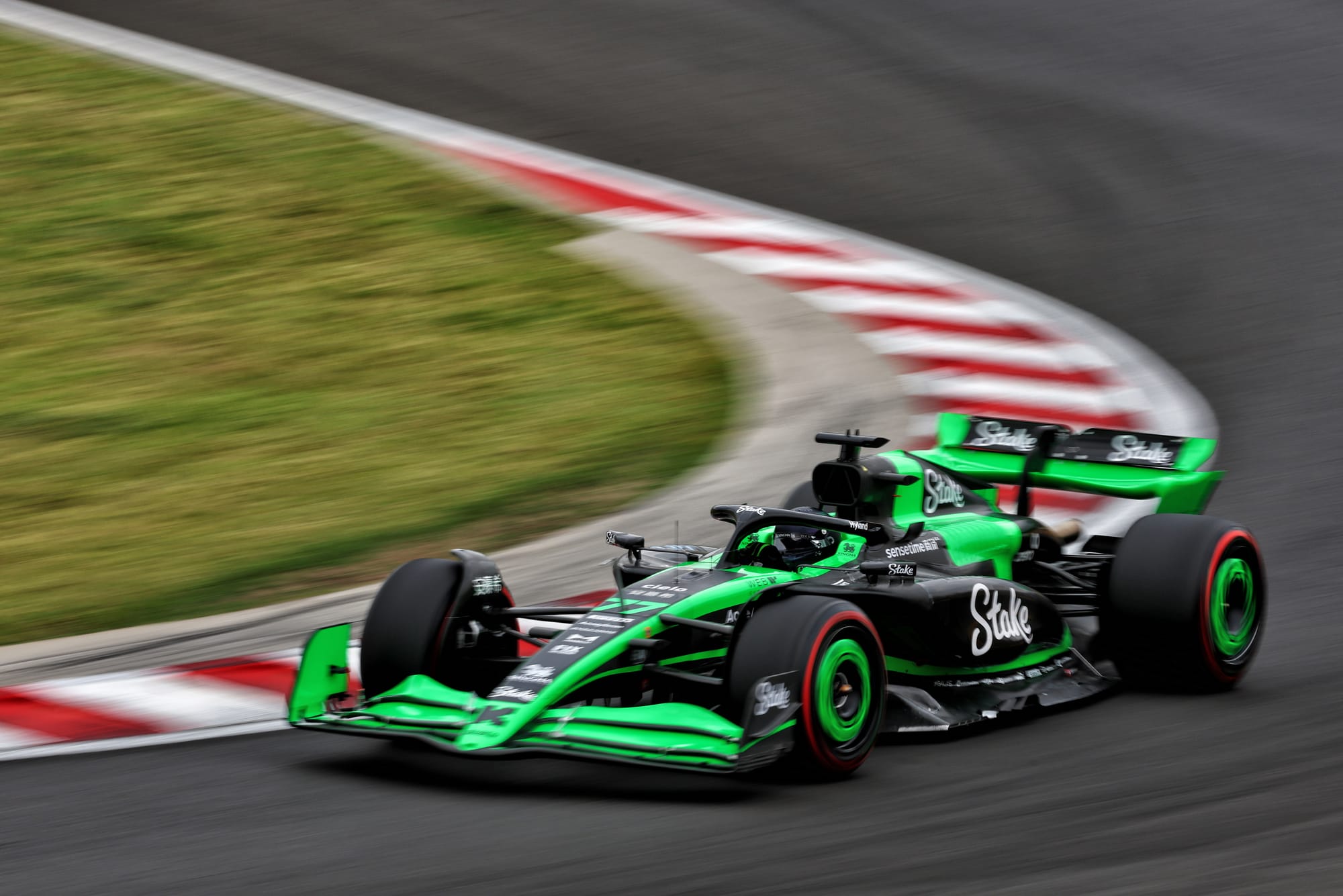
It enabled Valtteri Bottas to comfortably clear Russell, while team-mate Zhou Guanyu improved too but joined Russell in exiting in Q1.
Russell's "over-optimisation" comment clearly referred to the fuel levels, as having any extra fuel during the lap that is intended to be the fastest is a needless, potentially crippling, laptime penalty.
But that penalty was offset here by not being on track at its peak - and the fact that he was never intended to be on a push lap at the last possible moment, given the drying track, appears to be a miscalculation for which "70%" culpability is potentially too low.
Mercedes' drama, though, paled in comparison with what transpired at rival - and potential future engine customer - Alpine, where the situation was much simpler and the mistake much more apparent.
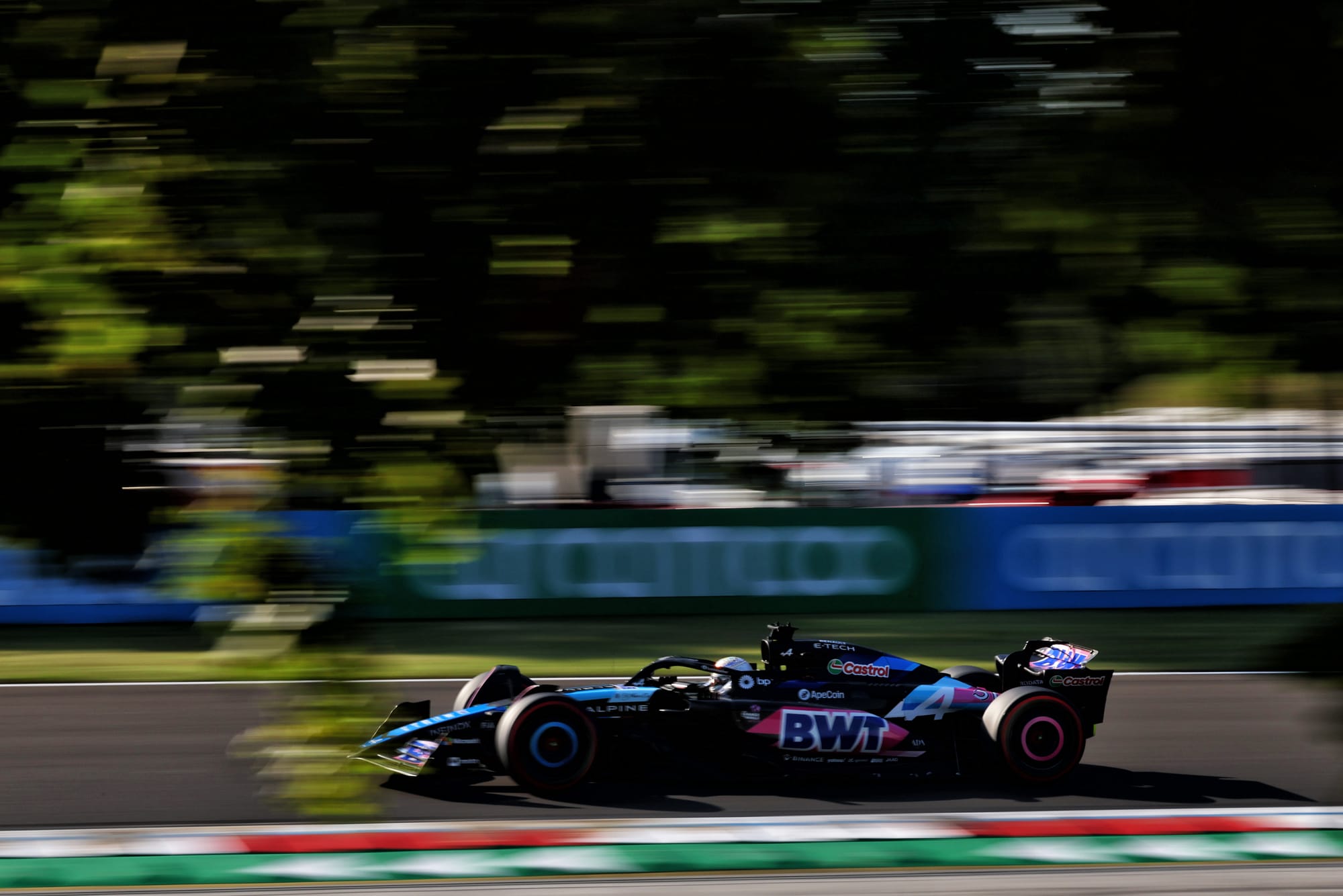
Neither Esteban Ocon, nor Pierre Gasly went out again after the red flag interruption, in a belief that the track would not improve enough for either to miss out.
Every single other driver went out - aside from Sergio Perez, who had no intact car to do so in - and Alpine watched Ocon and Gasly, who were 10th and 12th respectively at the red flag, slide down the order all the way to the back row.
Ocon lauded what he perceived as an initial overperformance in the session but said: "We were not out there when the conditions were at best and it's been two weekends in a row that we do these strategy mistakes.
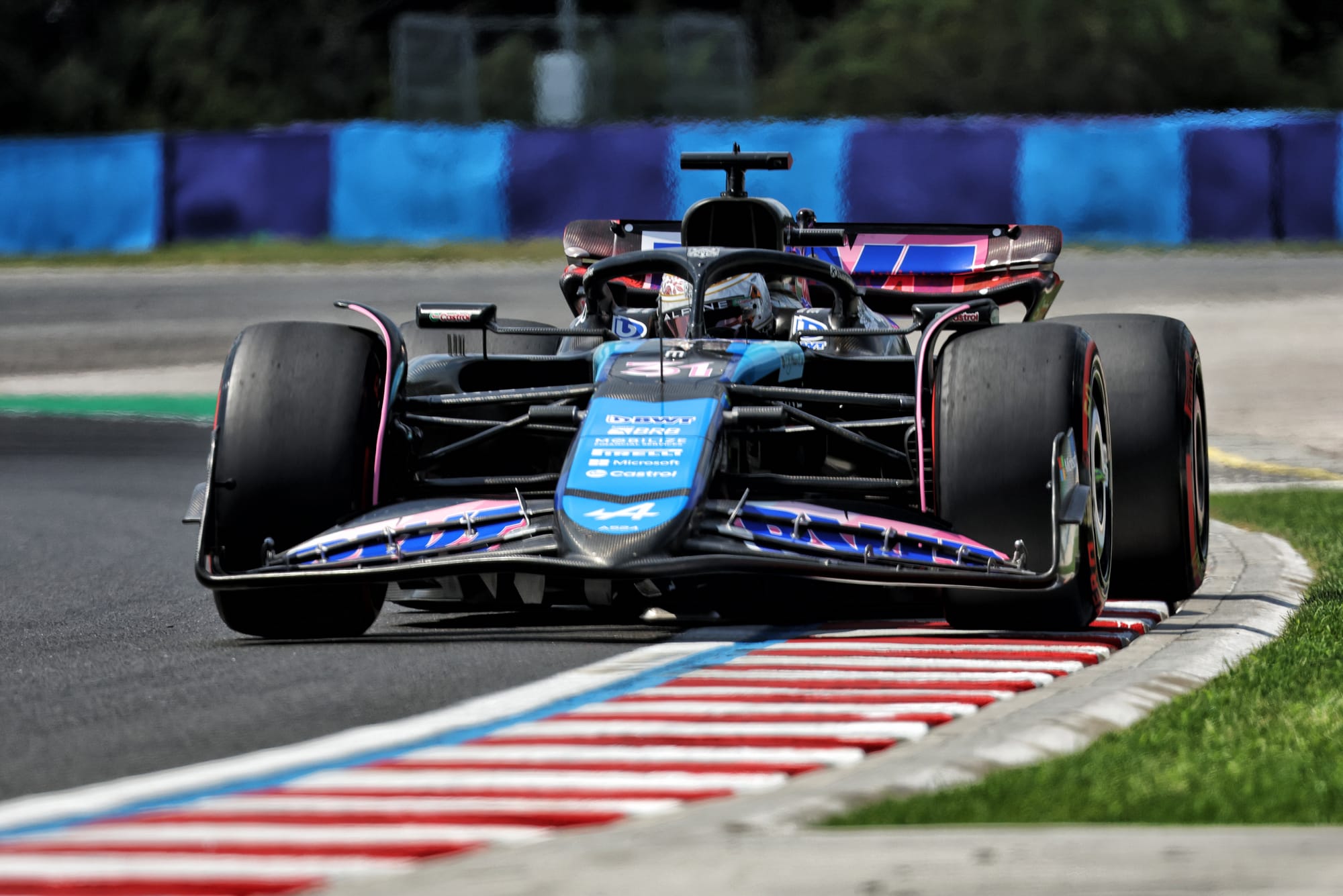
"It's clearly not good enough, especially with the level of car performance that we have. We need to be doing things perfectly.
"The DRS was disabled so that's probably one of the topics that you know, put the team a little bit out of thinking [that] we are going to go out and improve - but if you think about it, we were doing [1m]17.5[s] in FP3 with always a bit of fuel [Ocon and Gasly were on low-1m18s in Q1], there is no secret to anyone."
"It was a mistake," Gasly concurred. "Not good.
"Conditions like these are the ones that we need to capitalise on.
"It was clearly the wrong decision, so, quite painful to watch everything from the box and everyone improving and being knocked out."
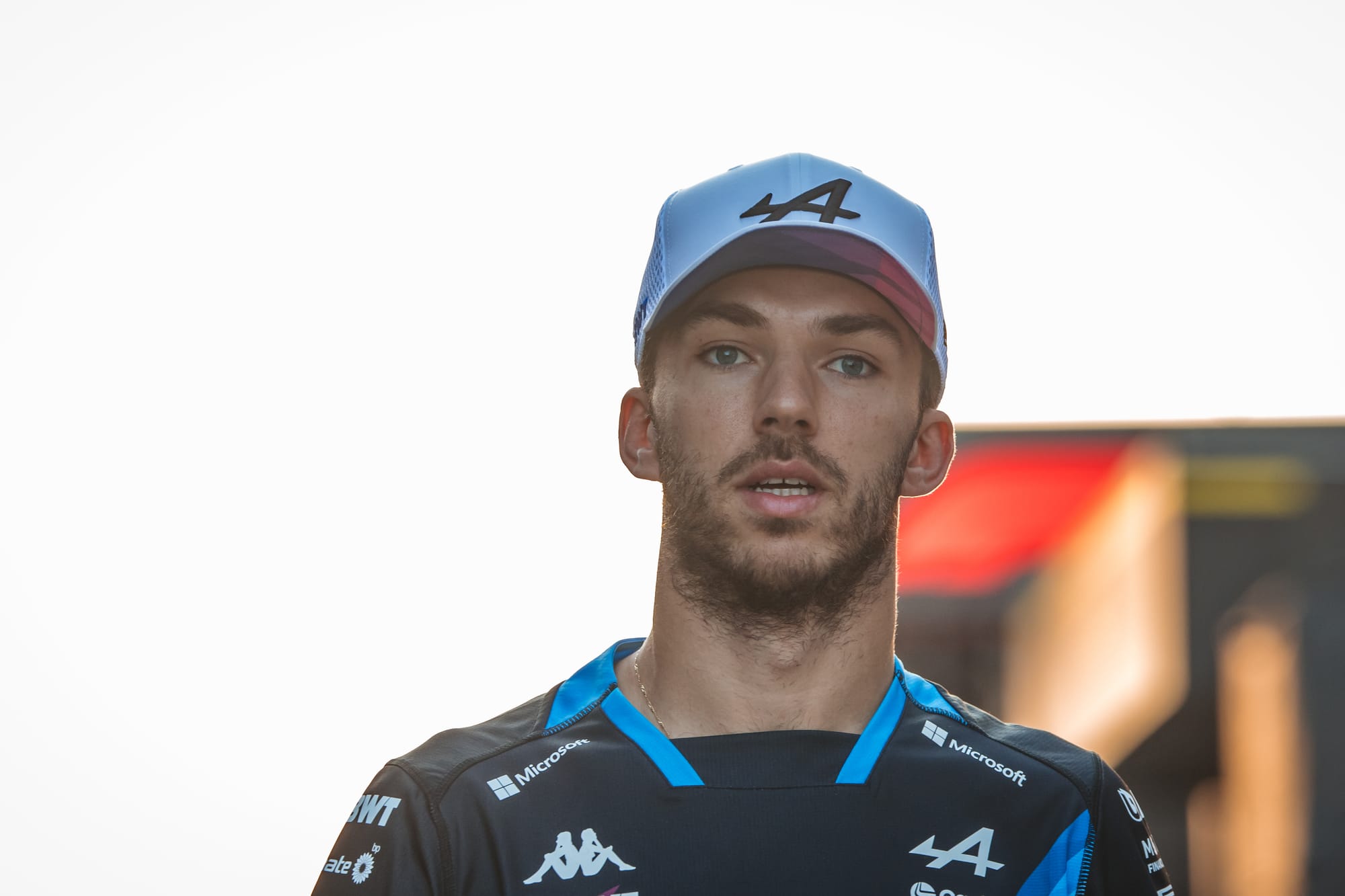
Both Ocon and Gasly made it clear it was fully a team-side decision, with an obviously irritated Gasly even suggesting he was pushing to go out and was overruled.
Team boss Bruno Famin offered his explanation to Sky for how the team put itself in that position.
"As we were not too bad, ready to go for Q2, I think we wanted to preserve a set of new tyres... and focusing on that, we just forgot the big picture, the big picture was to go to Q2. We had one minute to react between the first sector improvement [by Zhou] and the possibility to go out - and we didn't use it.
"Big mistake. We have to learn from that, to change our process, maybe, decision [-making] but just to make sure this kind of big mistake cannot happen again."



